San Isidro, beloved as patron saint of farmers, symbolizes the dignity of work and the holiness that is attainable through ordinary lives.
"San Isidro Labrador (Saint Isidore the Farmer)": 1866 oil on canvas by Joaquin Castañon
San Antonio Museum of Art, Texas Triangle, south central Texas: Public Domain, via Wikimedia Commons @ https://commons.wikimedia.org/wiki/File:Joaquin_Castañon_-_San_Isidro_Labrador,_1866,_San_Antonio_Museum_of_Art.jpg
The practice of creating santo images (religious-themed images, such as angels, Our Lady Mary, saints), originating in Spain, spread to the New World; it is preserved as folk art in New Mexico.
One of New World's foremost santeros (wood carver of santo images): Patrociño Barela (ca. 1900 - July 2, 1964), self-taught and illiterate, poses with his carvings and one of his children.
Smithsonian Archives of American Art, Federal Art Project, Photographic Division: Public Domain, via Wikimedia Commons @ https://commons.wikimedia.org/wiki/File:Archives_of_American_Art_-_Patrociño_Barela_-_3266.jpg
Posole in clay bowl: Hearty, pre-Columbian traditional stew is welcome comfort food.
Cuernavaca, Morelos state, south central Mexico: Meutia Chaerani / Indradi Soemardjan http://www.indrani.net, CC BY SA 3.0, via Wikimedia Commons @ https://commons.wikimedia.org/wiki/File:Pozole.jpg
In "The Santero's Miracle," 10-year-old Andrés enjoys road-sledding through forested valleys of Sangre de Cristo Mountains.
Sangre de Cristo Mountains, behind Santa Fe, during a winter sunset after a downfall of snow
north central New Mexico; Jan. 30, 2013, at 06:31: Vivaverdi, CC BY SA 3.0, via Wikimedia Commons @ https://commons.wikimedia.org/wiki/File:Sangre_de_Christo_Mountains-Winter_sunset.jpg
In "The Santero's Miracle," Andrés' father, don Jacobo, worries that heavy, unplowed snowfalls will deter family reunions with relatives in Taos ("place of red willows").
"Near Taos, Rio Grande": 1997 oil on masonite by O. (Orville) Gail Poole (September 30, 1935-April 13, 2013)
O. Gail Poole Collection; Lisa Nicole Poole, owner; Norman, Cleveland County, central Oklahoma: Nicole Poole (NicolePoole), CC BY SA 3.0, via Wikimedia Commons @ https://commons.wikimedia.org/wiki/File:Near_Taos,_Rio_Grande,_by_O._Gail_Poole.JPG
In "The Santero's Miracle," Andrés' father, don Jacobo, worries about snowfall as hardship, foiling visits from relatives in Los Alamos.
view of Los Alamos (Spanish: Los Álamos, "the cottonwoods"), with Omega Bridge across Los Alamos Canyon: Daniel Schwen (Dschwen), CC BY SA 4.0, via Wikimedia Commons @ https://commons.wikimedia.org/wiki/File:Los_Alamos.jpg


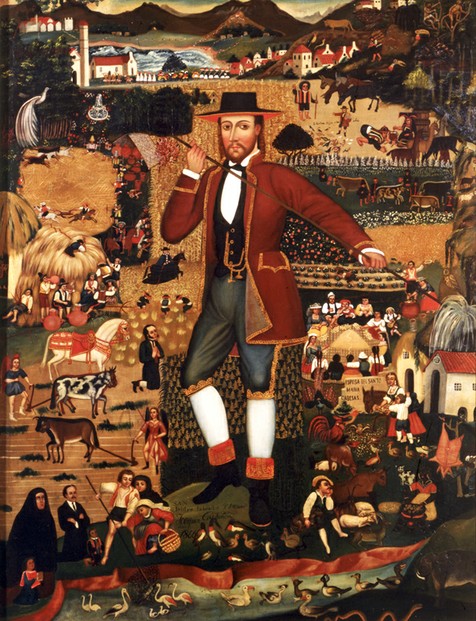
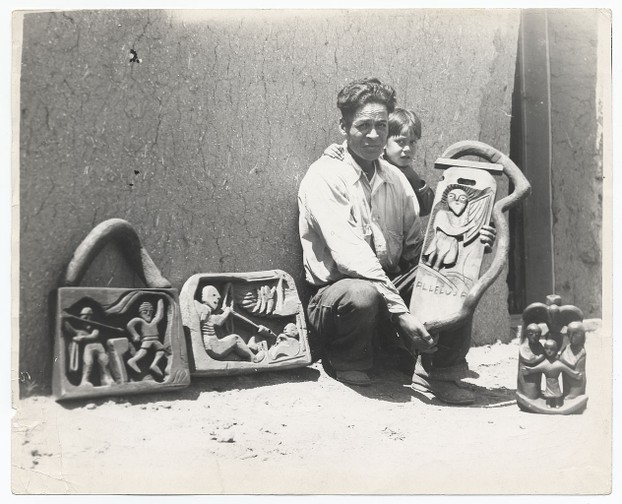
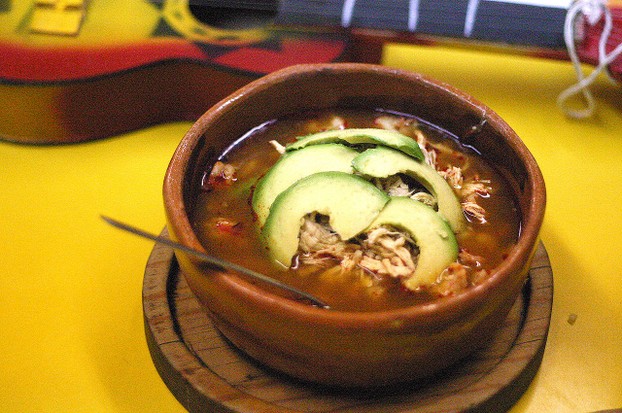
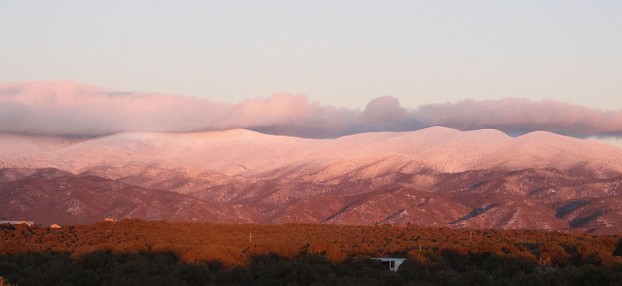
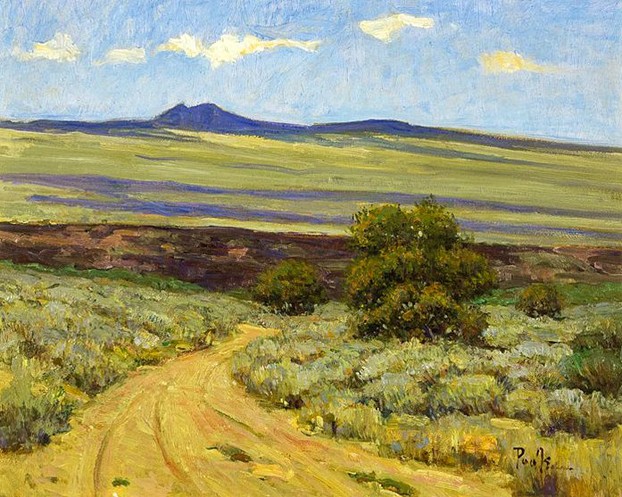
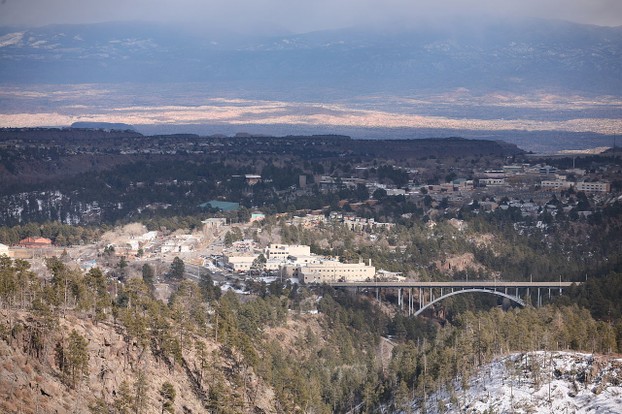
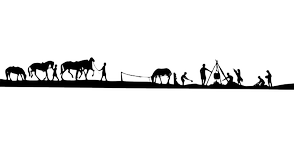

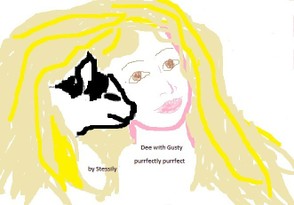
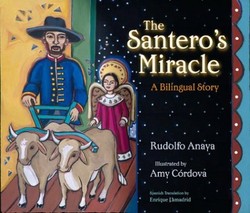

 Are Hawaiian Huakai Po Nightmarchers Avenging Halloween Thursday?on 10/02/2024
Are Hawaiian Huakai Po Nightmarchers Avenging Halloween Thursday?on 10/02/2024
 Mailing Addresses for 2023 Form 4868 Extending 1040 and 1040SR April 15, 2024, Due Dateon 04/15/2024
Mailing Addresses for 2023 Form 4868 Extending 1040 and 1040SR April 15, 2024, Due Dateon 04/15/2024
 Mailing Addresses for 2023 Forms 1040 and 1040SR Filed in 2024on 04/15/2024
Mailing Addresses for 2023 Forms 1040 and 1040SR Filed in 2024on 04/15/2024
 Mailing Addresses for 2022 Form 4868 Extending 1040 and 1040SR April 18, 2023, Due Dateon 04/13/2023
Mailing Addresses for 2022 Form 4868 Extending 1040 and 1040SR April 18, 2023, Due Dateon 04/13/2023

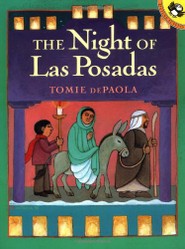
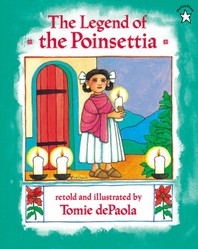
Comments
Mira, It's a combination of acquaintances, bookstores, internet, libraries, and studies. For example, my graduate program related to wherever Portuguese and Spanish are (and have been) spoken. So part of the curriculum included Professor Anaya's writings, with which I've kept current ever since.
It's disappointing to hear about the smallness of the library. But perhaps someone far-sighted, influential, and wealthy will make a donation to Romania's library system: it's the season of miracles ;-].
But where do you find these books? At the local library? I wish our libraries here had more books. When you go to the central branch of the municipal library and all you have for books to borrow are two very small rooms . . . you begin to wonder what century you're living in.
Mira, For me, I appreciate the clear, current information which a top-quality children's book -- such as Professor Anaya's story in this case -- can give me on a topic of interest when I'm feeling underinformed and overwhelmed. My preference for information-gathering -- in non-children's book formats -- is a book with illustrations and text which take up no more than 150 - 175 pages. But that's not always what I find!
Yes, I love these. I am reading the one about posadas right now. I love cultures in the Spanish-speaking world. I find them fascinating and I only wish I had more time to read for pleasure.
Mira, Yes, I do speak Spanish, with a North Mexican, a North Spain, or a Uruguay accent, depending upon whom I'm with.
Do you like seeing reviews of publications in or about Spanish? I'll be doing some more, and I hope that you're among the audience.
I learned a few things. I didn't klnow "zorro" meant fox in Spanish, for instance. Do you speak Spanish yourself?